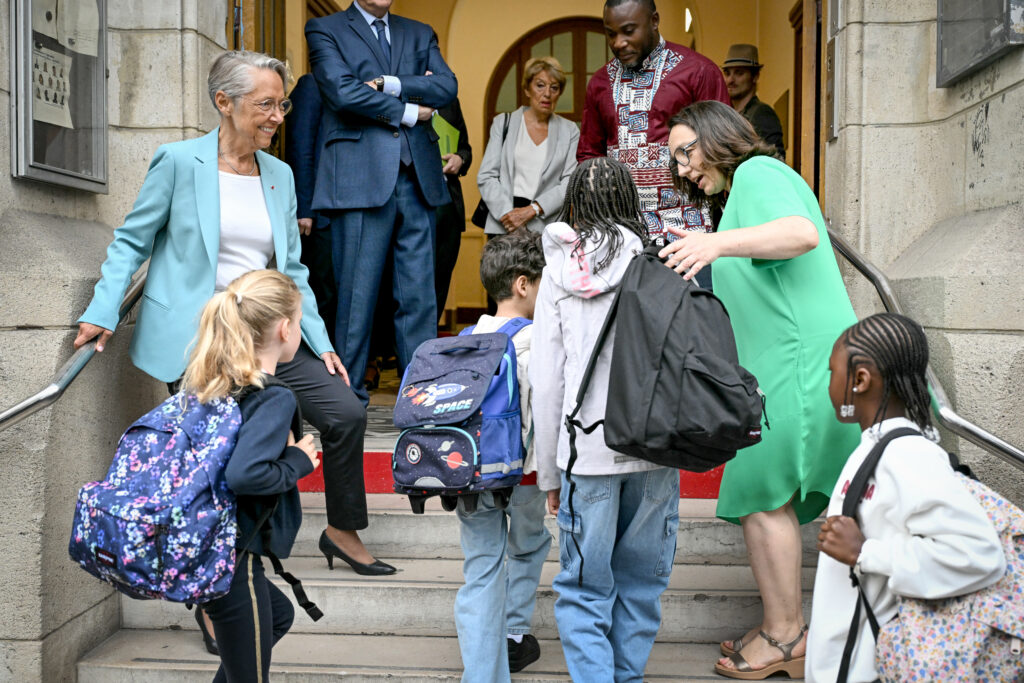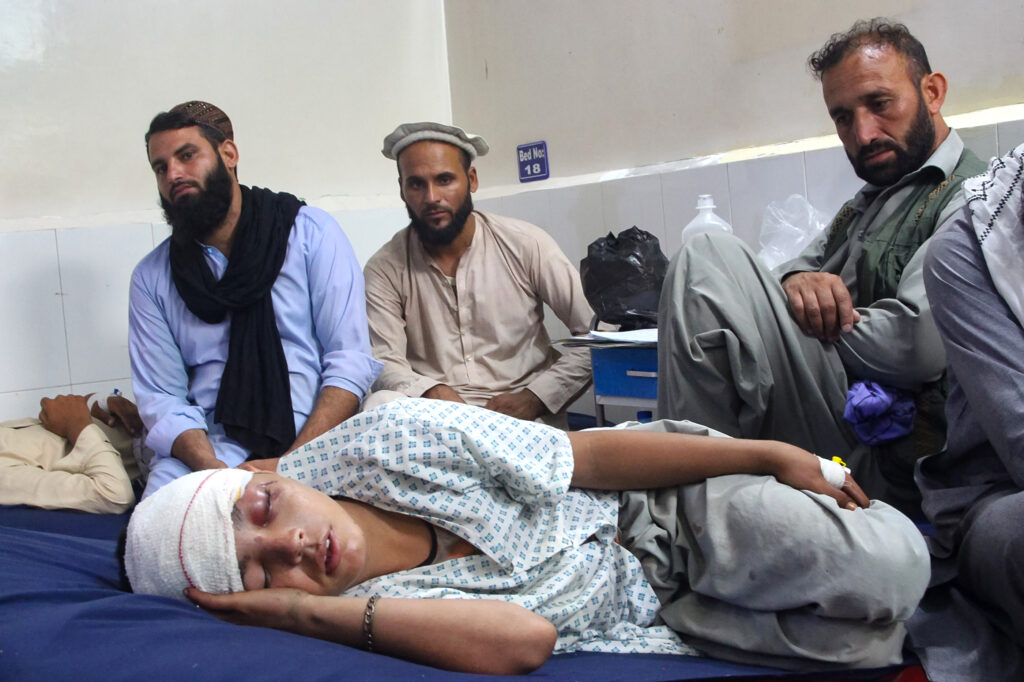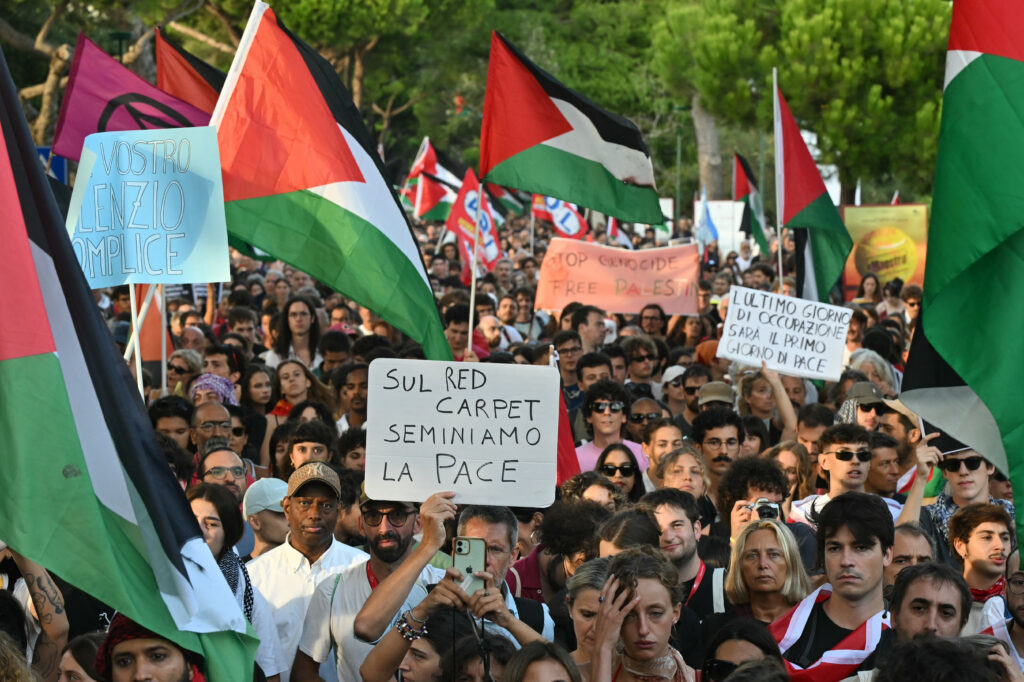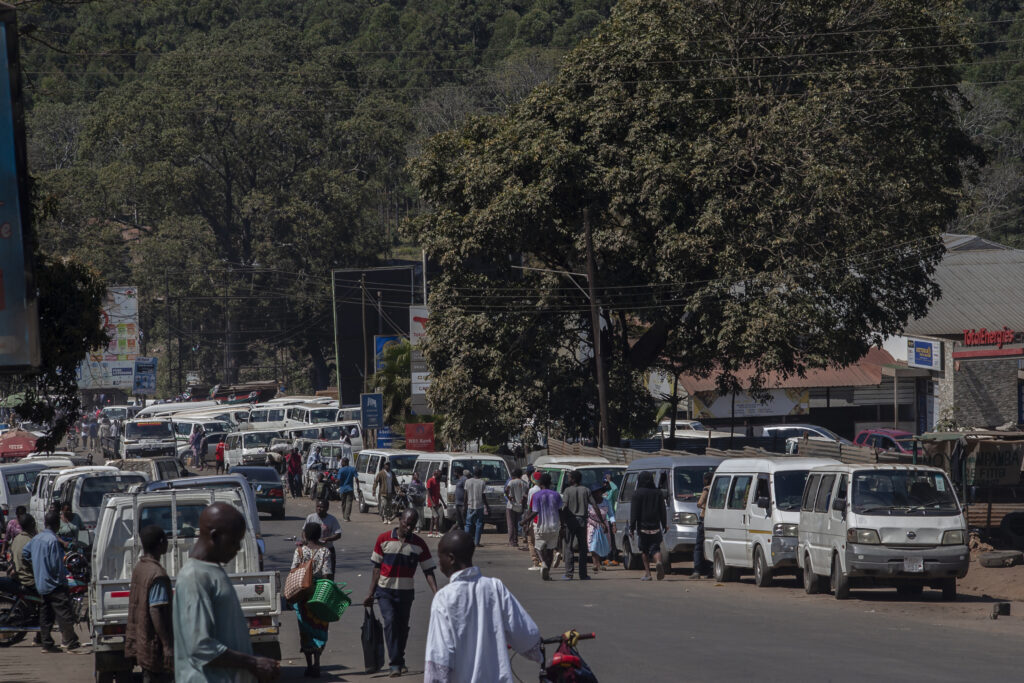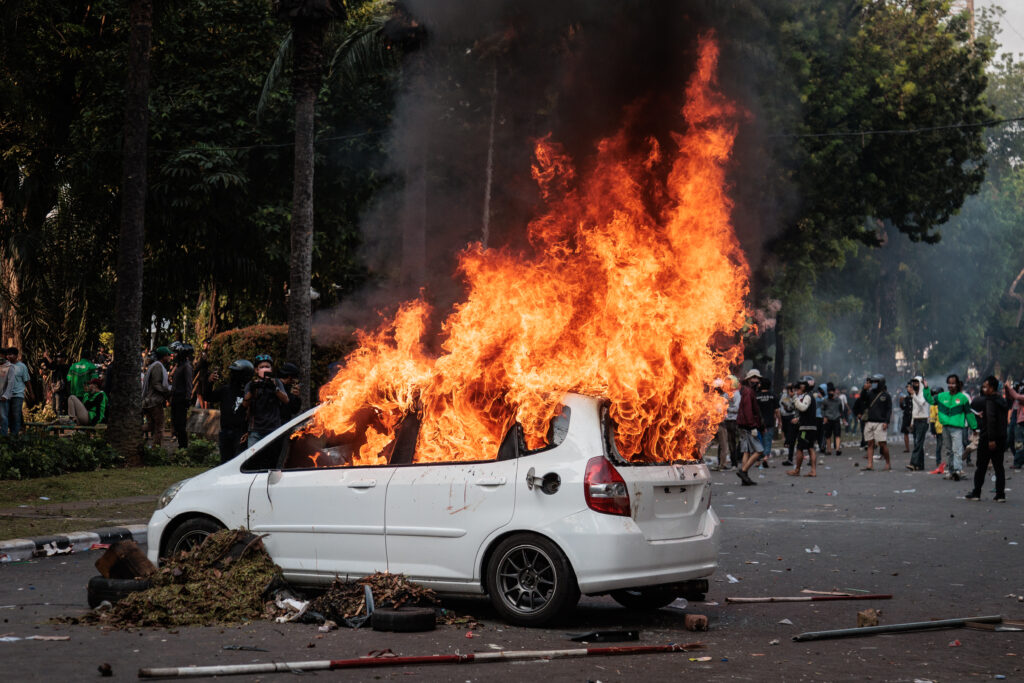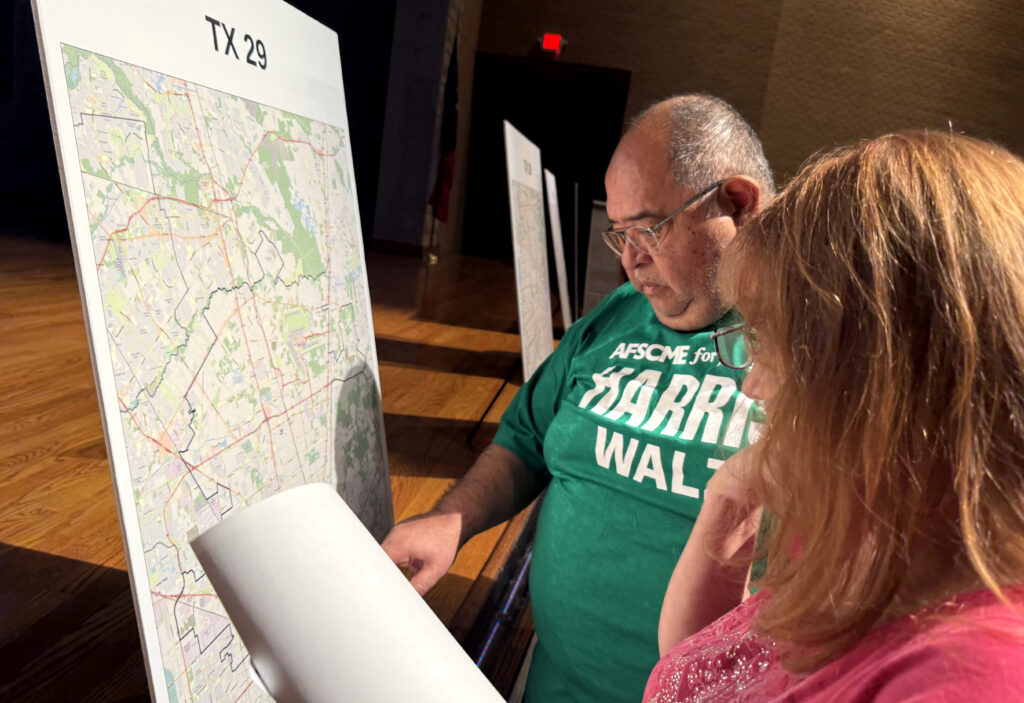Stressés ou impatients, les 12 millions d’élèves français font leur rentrée
Retour aux cartables, cahiers et cours de récré: 12 millions d’écoliers, collégiens et lycéens font leur rentrée lundi, marquée par quelques nouveautés, dont une réforme annoncée pour le contrôle continu au bac, mais des inconnues sur la situation budgétaire et gouvernementale.Pour certains, la rentrée attendra un peu: dans une décision rarissime, elle a été reportée à mardi dans les Bouches-du-Rhône et le Var par les préfets “en liaison avec les autorités académiques” en raison d’un épisode méditerranéen qui a déclenché une vigilance orange sur plusieurs départements.”C’est important qu’on ne mette pas en risque les familles qui peuvent conduire les élèves à l’école”, a justifié sur RTL la ministre de l’Education Elisabeth Borne.A Paris, dans une école élémentaire du 15e, Armel, 10 ans, affiche lui sa confiance avant de découvrir le CM2. “Je me sens bien. Je sens que je vais au moins réussir l’année, pour passer en 6e!”, lance-t-il. Son école a reçu lundi matin la visite de la ministre de l’Education, pour sa première et potentiellement dernière rentrée à ce poste. Mais si elle s’affiche sur le terrain, son sort reste incertain avant le vote de confiance à l’Assemblée le 8 septembre, qui risque d’entraîner la chute du gouvernement.- 2.500 profs manquants -La rentrée se déroule aussi dans un contexte de pression budgétaire, alors que le Premier ministre François Bayrou a exhorté à la rigueur.”On n’est pas très sereins”, résume Caroline Brisedoux, secrétaire nationale de la CFDT Education. “La perspective de ne pas avoir de ministre et d’envisager des restrictions budgétaires est un peu inquiétante”.”Il n’y a pas de boussole”, souligne Agnès Andersen, secrétaire générale du syndicat de chefs d’établissements ID-FO. “Les collègues reprennent, mais ils sont déjà épuisés”.Parmi les enjeux, la pénurie d’enseignants inquiète à nouveau cette année, même si la ministre s’est voulue rassurante sur le fait qu’il y aurait bien des professeurs devant la quasi-totalité des classes. “On a 99,9% des postes qui sont bien pourvus dans le premier degré, quasiment pas de postes non pourvus dans le second degré”, a-t-elle dit, tout en reconnaissant qu’il y aurait “comme chaque année, des heures d’enseignement qui ne sont pas totalement couvertes”.Il y a en cette rentrée “l’équivalent de 2.500 professeurs” manquants, a-t-elle précisé. “C’est moins que l’an dernier”.Pour le Snes-FSU, principal syndicat du second degré, au contraire, “on a une certitude, c’est qu’il n’y aura pas un professeur devant chaque classe lundi”, a souligné sa secrétaire générale Sophie Vénétitay. “On est extrêmement inquiets qu’il n’y ait pas assez de profs”, alors que la crise de recrutement des enseignants perdure, avec plus de 2.600 postes non pourvus aux concours enseignants du public et du privé, renchérit Grégoire Ensel, vice-président de la fédération de parents d’élèves FCPE.- Déconnexion -Cette rentrée verra par ailleurs la mise en oeuvre de plusieurs réformes, notamment concernant le “bac Blanquer”, plusieurs fois remanié depuis son lancement en 2019 par l’ex-ministre Jean-Michel Blanquer. Une nouvelle épreuve de mathématiques au bac en première sera ainsi lancée. Elisabeth Borne a par ailleurs annoncé des modifications pour le contrôle continu au bac. Désormais, les notes de première et terminale ne compteront plus toutes dans la note de contrôle continu. Une annonce de dernière minute qui a irrité les syndicats. “L’objectif, c’est de baisser la pression sur les élèves et sur les professeurs”, a-t-elle expliqué.La ministre a aussi indiqué que les élèves ayant obtenu moins de 8 sur 20 ne pourraient plus aller au rattrapage du bac. Pour les 3e, le brevet change aussi: l’examen passera de 50 à 60% de la note finale.Autre nouveauté en cette rentrée, pour lutter contre l’abus d’écrans, le dispositif “portable en pause”, qui vise à mieux faire appliquer l’interdiction des téléphones portables au collège, sera quant à lui développé, avec comme objectif une généralisation progressive d’ici la fin de l’année. Dans certains établissements, les élèves pourront ainsi être contraints à laisser leur portable dans des casiers ou pochettes pendant les cours.
